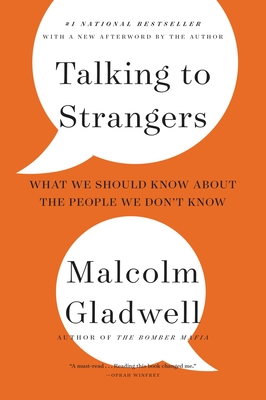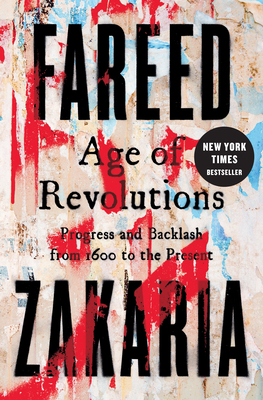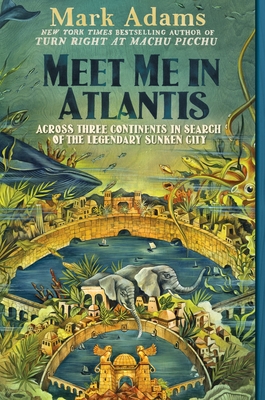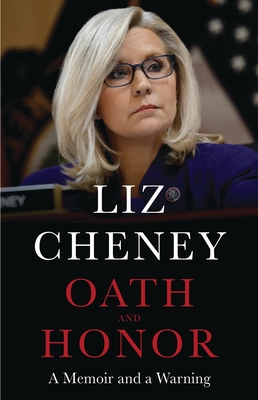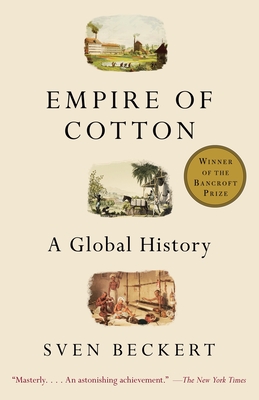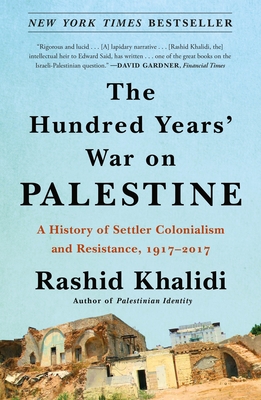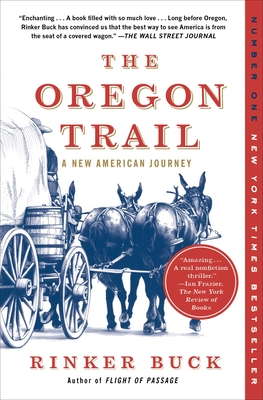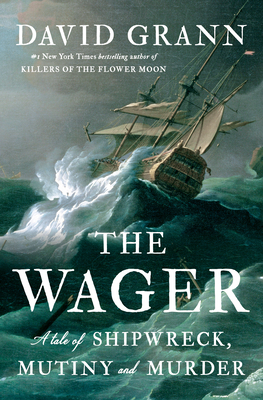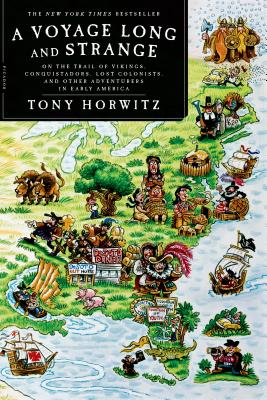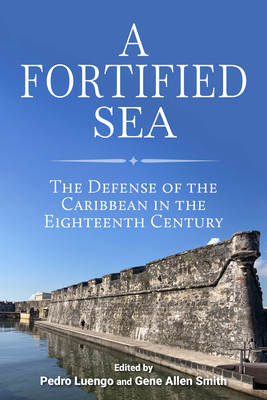
A Fortified Sea: The Defense of the Caribbean in the Eighteenth Century (Maritime Currents: History and Archaeology)
Description
A multidisciplinary examination of the role of military forts in the Caribbean during the age of European colonial expansion
A Fortified Sea illuminates the key role of military forts in the greater Caribbean during the long eighteenth century. The historical Caribbean, with its multiple contested boundaries at the periphery of European western expansion, typically has been analyzed as part of an empire. European powers, including Spain, the Netherlands, England, and Denmark, carved up the Caribbean Sea into a cultural patchwork. These varied cultural contexts were especially evident during regional and national conflicts throughout the eighteenth century and prompted the construction of more fortifications to protect imperial interests. The emergence of Anglo-American colonies during the eighteenth century and later the United States gradually altered previous geopolitical balances, redefining the cultural and geopolitical boundaries of the region.
This collection of essays incorporates several historiographical traditions—from Spanish to American—all portraying the borderland as a breakthrough contested cultural, social, economic, and military boundary. A multinational roster of contributors approaches topics through a war studies lens as well as architecturally and historically, enriching a usually monothematic view. As well, discussion of cultural management of the historical remains of forts shows local communities trying to preserve and interpret the role of forts in society.
Part I defines the training of military engineers in Spain. Part II engages with British defensive military plans and settlements in the Caribbean and shows how the British dealt with the rhetorical image of the empire. Part III clarifies the building processes of fortifications in Santiago de Cuba, Cartagena de Indias, Havana, and Veracruz, among other places. Copious period maps complement the prodigious research. The book will appeal to readers interested in the history of the Caribbean, military history, and European imperial expansion.
CONTRIBUTORS
Mónica Cejudo Collera / Pedro Cruz Freire / María Mercedes Fernández Martín / Aaron Graham / Manuel Gámez Casado / Francisco Javier Herrera García / Nuria Hinarejos Martín / Pedro Luengo / Ignacio J. López-Hernández / José Miguel Morales Folguera / Alfredo J. Morales / Juan Miguel Muñoz Corbalán / Jesús Maria Ruiz Carrasco / Germán Segura García / Gene Allen Smith / Christopher K. Waters
Praise for A Fortified Sea: The Defense of the Caribbean in the Eighteenth Century (Maritime Currents: History and Archaeology)
“A Fortified Sea focuses on fortifications as a site to examine imperial rivalries and contested spaces in the greater Caribbean. More importantly, the multilingual, transnational body of scholars involved in this edition is truly impressive. . . it is an ambitious work!”
—Sharika Crawford, author of The Last Turtlemen of the Caribbean: Waterscapes of Labor, Conservation, and Boundary Making
“[A Fortified Sea] brings together an impressive international group of contributors to compare the British and Spanish empires while showing how military fortifications articulated imperial practices, which is an aspect of Atlantic history that is not well appreciated by scholars in the field generally. . . It is impressive: multi-archival, multi-lingual, undertaken in multiple countries. It represents a real dedication to the historian’s craft”
—David Head, author of A Crisis of Peace: George Washington, the Newburgh Conspiracy
“This volume offers an invaluable comparative approach to the agenda of two colonial European powers in the Caribbean through the defensive architecture, designs, ideas, and policies that emerged from a contested imperial context. Importantly, it reexamines the diverse cultural traditions and technical knowledge that merged in this fortified landscape, and sheds light on the individuals at work, from understudied engineers to the essential labor force, including enslaved workers, that materialized and repaired these edifices and settlements.”
—Luis Gordo Peláez, author of Architecture and Extraction in the Atlantic World, 1500-1850

